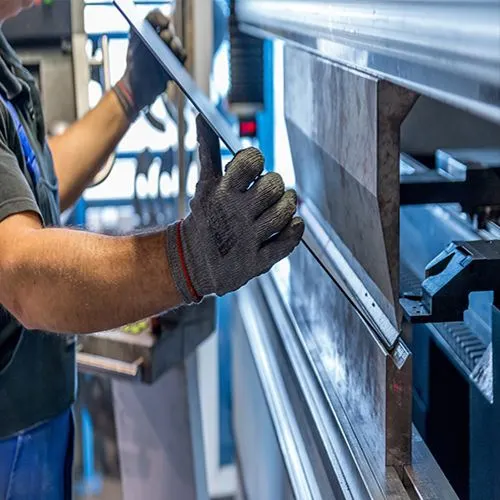
Mold For Casting Process
Molds serve as indispensable tools across a spectrum of casting processes, facilitating the creation of diverse products with various materials and complexities. In metal casting, molds crafted from sand, ceramics, or steel are employed in techniques like sand casting, investment casting, and die casting to shape molten metals into intricate components for industries ranging from automotive to aerospace.
Plastic casting relies on molds for processes such as injection molding and rotational molding, enabling the production of precision plastic parts used in consumer goods, electronics, and beyond.
Similarly, molds are essential in ceramic casting methods like slip casting and press molding, facilitating the formation of pottery, tiles, and sanitaryware.
Concrete casting utilizes molds made from rubber, plastic, or fiberglass to shape architectural elements, decorative items, and structural components for construction projects.
Glass casting techniques like kiln casting and lost-wax casting leverage molds to shape molten glass into artistic and functional objects.
What is the purpose of molding?
The purpose of molding is to provide a decorative and functional element to interior design.
Where Mold For Casting Process Is Used?
Mold for casting processes is used in various industries for creating complex shapes and parts out of molten material.
- Composite Materials
- Concrete Casting
- Jewelry Casting
- Rubber Casting
- Ceramic Casting
- Glass Casting
- Plastic Casting
- Metal Casting
Manufacturing Capabilities
- The kind of casting process: Various mold materials and production methods are needed for distinct casting processes, including sand casting, die casting, and investment casting.
- Complexity: Larger or more complicated part molds will need for more advanced manufacturing tools and processes.
- The volume of production that is desired: High-volume production will require more robust and wear-and-tear-resistant molds.
- The substance being poured: The casting qualities of various materials need to be taken into account during the mold’s design and production process.
- Dimensional accuracy: The cast pieces are guaranteed to be dimensionally correct since molds can be produced to extremely high tolerances.
- Surface finish: Cast pieces with a range of finishes, from rough to smooth, can be produced by controlling the mold’s surface finish.
- Complexity: Extremely intricate shapes, like as interior features and undercuts, can be produced using molds.
- Durability: To endure the high temperatures and pressures of the casting process, molds can be formed of a range of materials, such as metals, ceramics, and polymers.
- Reusability: While some molds are made to be used only once, others can be used repeatedly.







